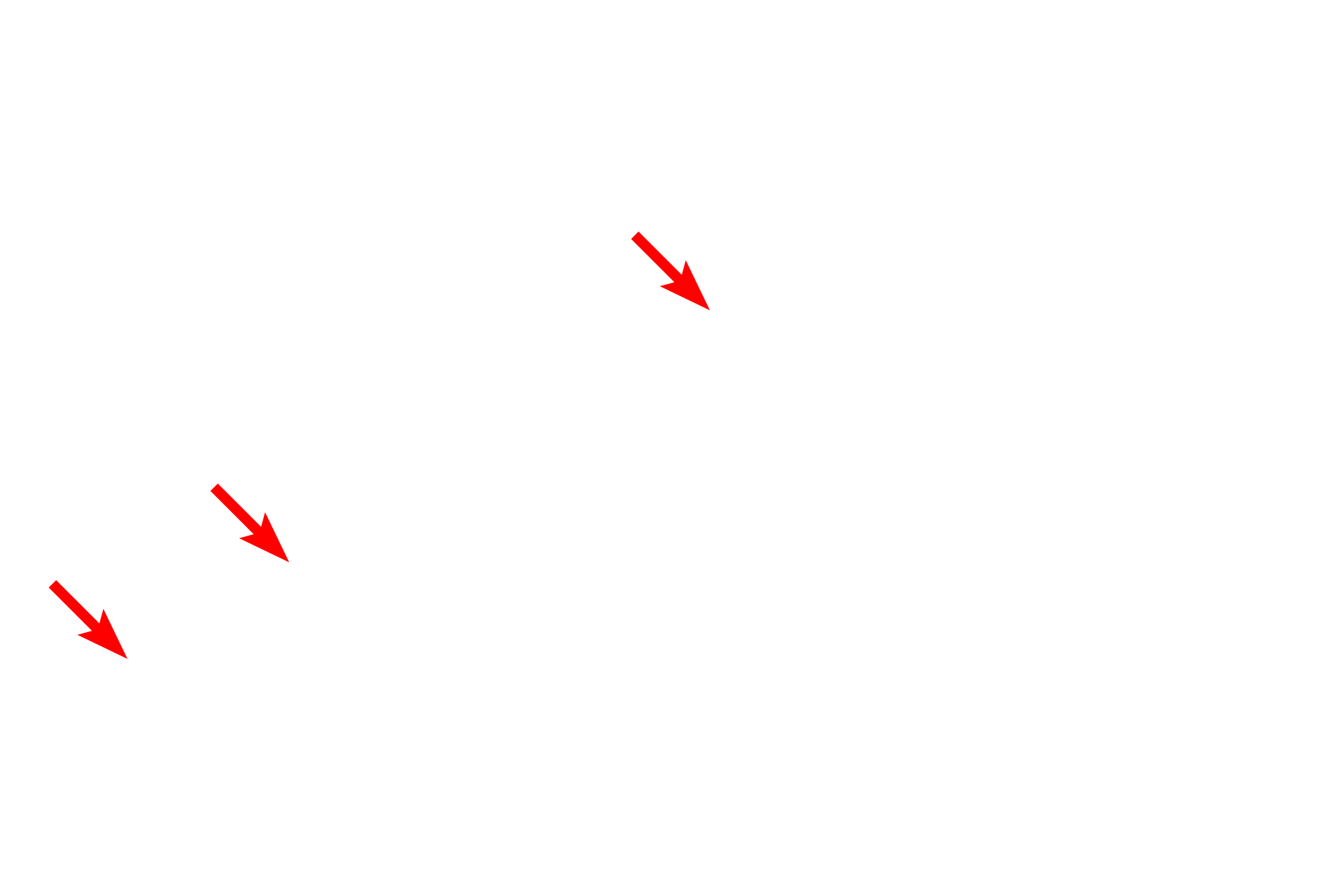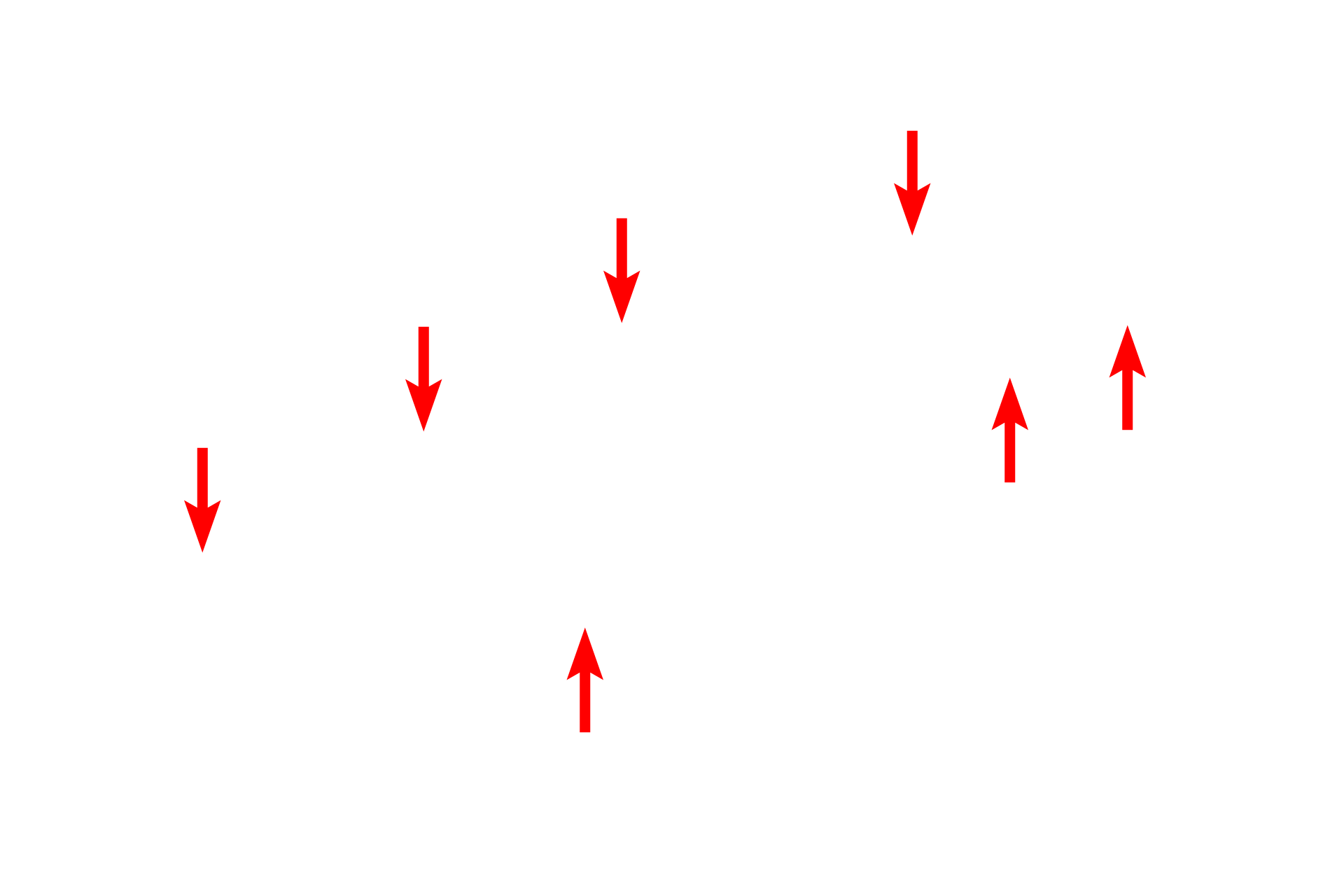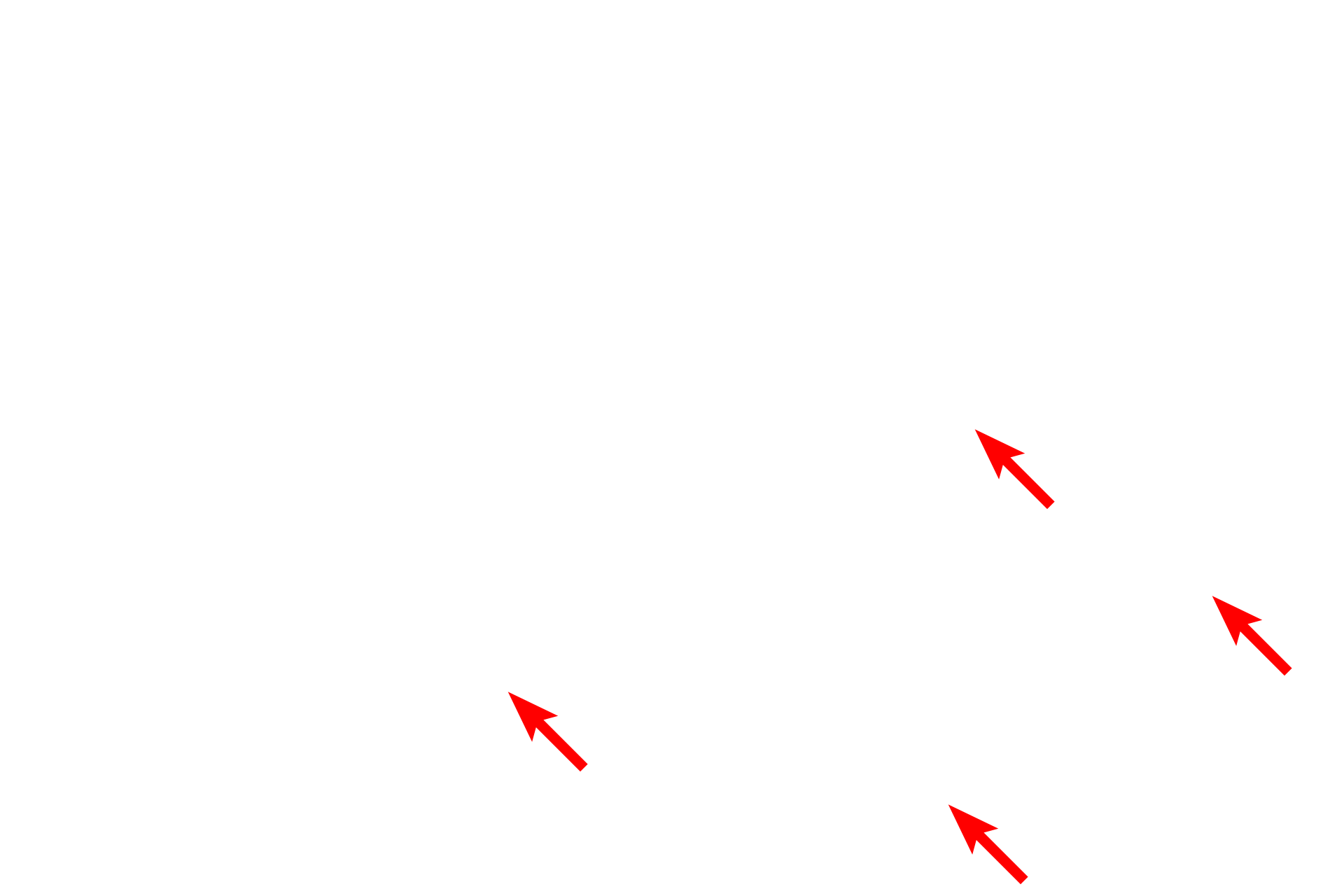
Cell shapes: squamous
This image shows an electron micrograph of a squamous cell which lines body cavities. The cell has very little cytoplasm; note how the nucleus conforms to the shape of the cell. At its thinnest point, this cell is only 0.5 microns thick. Serous membrane 15,000x

Cytoplasm
This image shows an electron micrograph of a squamous cell which lines body cavities. The cell has very little cytoplasm; note how the nucleus conforms to the shape of the cell. At its thinnest point, this cell is only 0.5 microns thick. Serous membrane 15,000x

Nucleus
This image shows an electron micrograph of a squamous cell which lines body cavities. The cell has very little cytoplasm; note how the nucleus conforms to the shape of the cell. At its thinnest point, this cell is only 0.5 microns thick. Serous membrane 15,000x

Plasma membrane
This image shows an electron micrograph of a squamous cell which lines body cavities. The cell has very little cytoplasm; note how the nucleus conforms to the shape of the cell. At its thinnest point, this cell is only 0.5 microns thick. Serous membrane 15,000x

Cell junction
This image shows an electron micrograph of a squamous cell which lines body cavities. The cell has very little cytoplasm; note how the nucleus conforms to the shape of the cell. At its thinnest point, this cell is only 0.5 microns thick. Serous membrane 15,000x

Collagen fibrils
This image shows an electron micrograph of a squamous cell which lines body cavities. The cell has very little cytoplasm; note how the nucleus conforms to the shape of the cell. At its thinnest point, this cell is only 0.5 microns thick. Serous membrane 15,000x